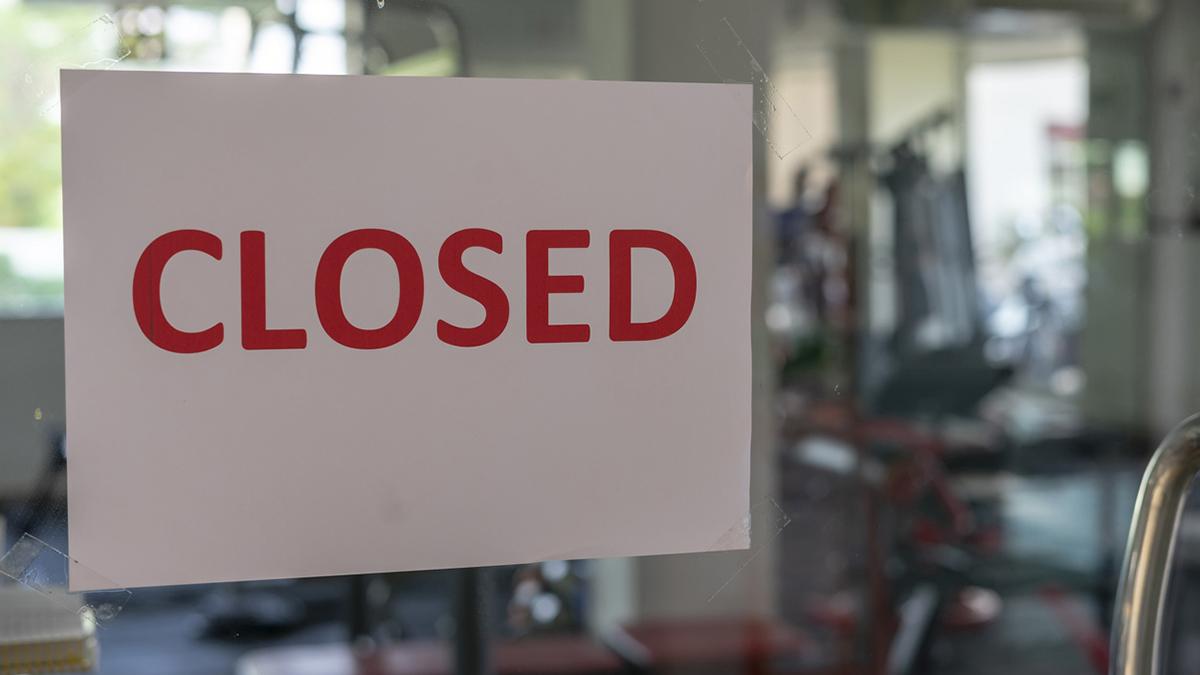While trusts and health boards are facing significant demands, your physiotherapy services should not be displaced to the detriment of service users and colleagues.

Health and safety
Under health and safety rules, you should be consulted on changes that affect you at work.
If the process is not managed appropriately, staff may experience health problems such as stress or musculoskeletal (MSK) injuries. To avoid this, employers should first undertake a health and safety risk assessment in consultation with staff.
Professional standards
Make your case using your professional standards and the Care Quality Commission (CQC) guidance to providers.
The CSP Quality Assurance Standards (see standard 2: delivering a safe and effective service) and the CQC guidance to providers on health and social care regulations are useful resources, and your employer should refer to and follow them. For example, in the CQC guidancefor regulation 15(1) on premises and equipment, requirements include:
- Premises must be suitable for the service provided, including the layout, and be big enough to accommodate the potential number of people using the service at any one time. (15.1.c)
- People’s needs must be taken into account when premises are designed, built, maintained or adapted. Their views should be taken into account when possible. (15.1.c)
- There should be regular health and safety risk assessments of the premises and equipment. The findings of the assessments must be acted on without delay if improvements are required. (15.1.e)
Equality impact assessment (EIA)
Under equality law, NHS organisations have a general duty to integrate equality and good relations into their day-to-day business activities. EIA is a process that can assist them with this duty to consider and evidence the potential impact that their activities might have on the community (staff, patients, carers and others) from different equality perspectives.
NHS organisations have been advised that if theyintend to change or introduce a service to first undertake an EIA. If you know your service users are going to be adversely affected, discuss with colleagues whether to approach your managers to undertake an EIA.
Take action
- Step 1 – Organise a meeting with colleagues, send out a group email, and create a poster to put up around the department.
- Step 2 – Do you have all the information about why, when and how your service is impacted by the change? If not seek this out!
- Step 3 – Use our template letter about loss of space to request an urgent review and/or meeting to discuss the impact and any alternatives. Check if a formal consultation is planned.
- Step 4 – If you are meeting managers, prepare with colleagues by reviewing what you know and agreeing on your key arguments for keeping the space. Refer to our advice on making the case to your employer.
If your employer declines or ignores your request and/or proposals
You and colleagues can:
- Ask your CSP rep, (see the Find My Rep tool in Useful Resources below) or organise yourselves to complete this CSP stress survey to highlight the key cause(s) of stress – for example, the working environment or workplace changes. Ensure that you get more than 50 per cent of your colleagues to complete it. Use your findings – which will be evidence of a health and safety problem – to request that your employer undertakes a risk assessment.
- If appropriate, ask if they have consulted and completed their EIA of the change on your service users.
- Let your service users and external stakeholders know how to complain if they are adversely affected, and encourage them to do so.
- Complete incident or near miss reports if adverse events negatively affect service users or staff. Regularly check with colleagues that they are doing this and, if they can, are keeping copies. Report via your formal reporting system – for example, Datix. This is important because it creates a digital trail of incidents to which the trust or health board are obliged to respond.
- Submit a formal collective grievance. Seek advice first from your senior negotiating officer (SNO). Our enquiries team can arrange contact if there is no CSP rep at your workplace (phone: 020 7306 6666 or email: enquiries@csp.org.uk).
- If the grievance is not resolved, request via your SNO for the CSP to review and, if appropriate, raise the issue with the CQC.
Do:
- Support each other – as a collective group with a common goal, you are a formidable force.
- Inform us of your results – use our quick and easy online form.
Don't:
- Delay in letting managers and reps know about your concerns and the requirement for consultation.
- Give up – your persistence will ensure that your employer realises the concerns are not going away and they will need to deal with the problems arising from their plans. More importantly, they will learn not to impose such decisions in future without first consulting you – as is your right.




































